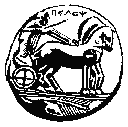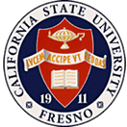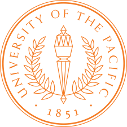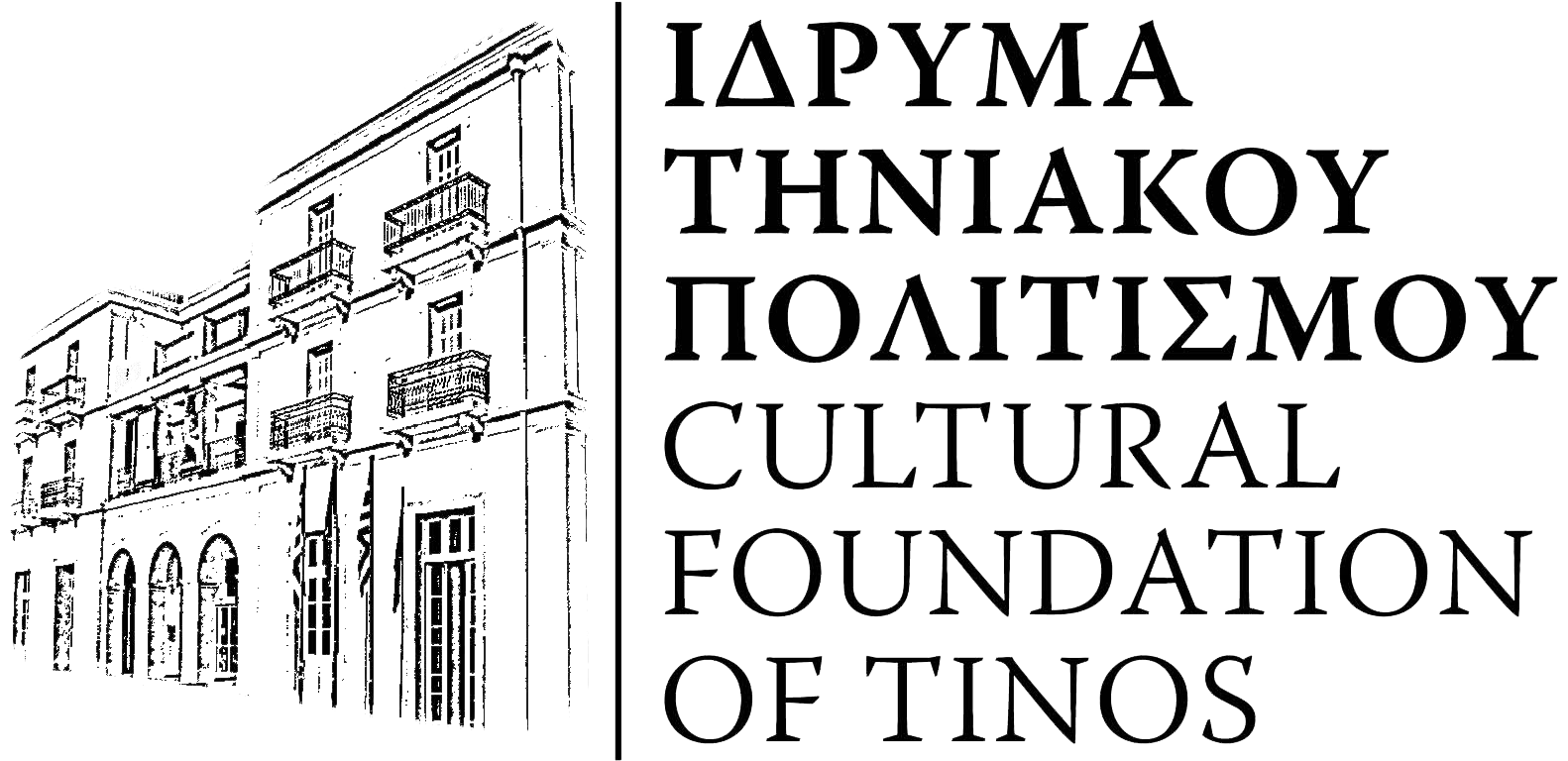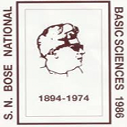Venue
 The 13th IC-MSQUARE will be held at the Public Cultural Center of Kalamata, Greece.
The 13th IC-MSQUARE will be held at the Public Cultural Center of Kalamata, Greece.
Kalamata is the second most populous city of the Peloponnese peninsula in southern Greece and the largest city of the homonymous administrative region with 69,849 inhabitants. The capital and chief port of the Messinia regional unit, Kalamata lies along the Nedon River at the head of the Messinian Gulf.
Kalamata is renowned as the land of the Kalamatianos dance and of the Kalamata olives.
There are numerous historical and cultural sights in Kalamata, such as the Villehardouin castle, the Ypapandi Byzantine church, the Kalograion monastery with its silk-weaving workshop where the Kalamata scarves are made, and the municipal railway park. The Church of the Holy Apostles is where Mavromichalis declared the revolt against Ottoman rule in 1821. Art collections are housed at the Municipal Gallery, the Archaeological Museum of Messenia and the Folk Art Museum.

The conference will be hosted at The Cultural Center of Kalamata "Pantazopoulios Public School" which is located on Aristomenous street, downtown. It is a neoclassical building of early 20th century, in which a new part was added in 1990, a modern building with glass surfaces. The building houses the Gallery of Contemporary Greek Art and the Public Library too. All Conference sessions will take place in the convenient and appropriately designed areas of the Cultural Center.
Book at the Conference Official Hotel
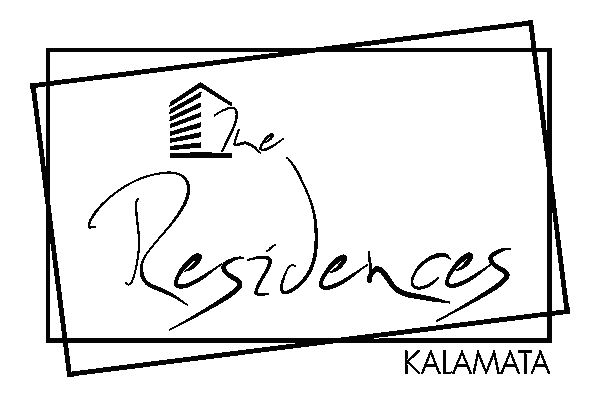
The official Hotel of the Conference is the Residencies Kalamata which is located at Kilkis & Koumoundourou str. which is located 300 m from the Conference venue.
Instructions:
- Visit the Residencies official website here
- Select Book now at the top-right of the page
- Enter the dates and the promotion code and follow the instructions
Book at the IRA Hotel (4*), only 50m from the Venue

Ira Hotel 4* is located in the heart of Kalamata, in the center of the city where the shopping center is open all year round. Its privileged location, with direct access to urban transport, provides easy and quick access to all points of interest and attractions of the city, while it is only 1.7 km from the seashore.
Prices:
| Number of guests | 1 person | 2 persons | 3 persons |
|---|---|---|---|
| Price | 90 Euro | 100 Euro | 110 Euro |
About Kalamata
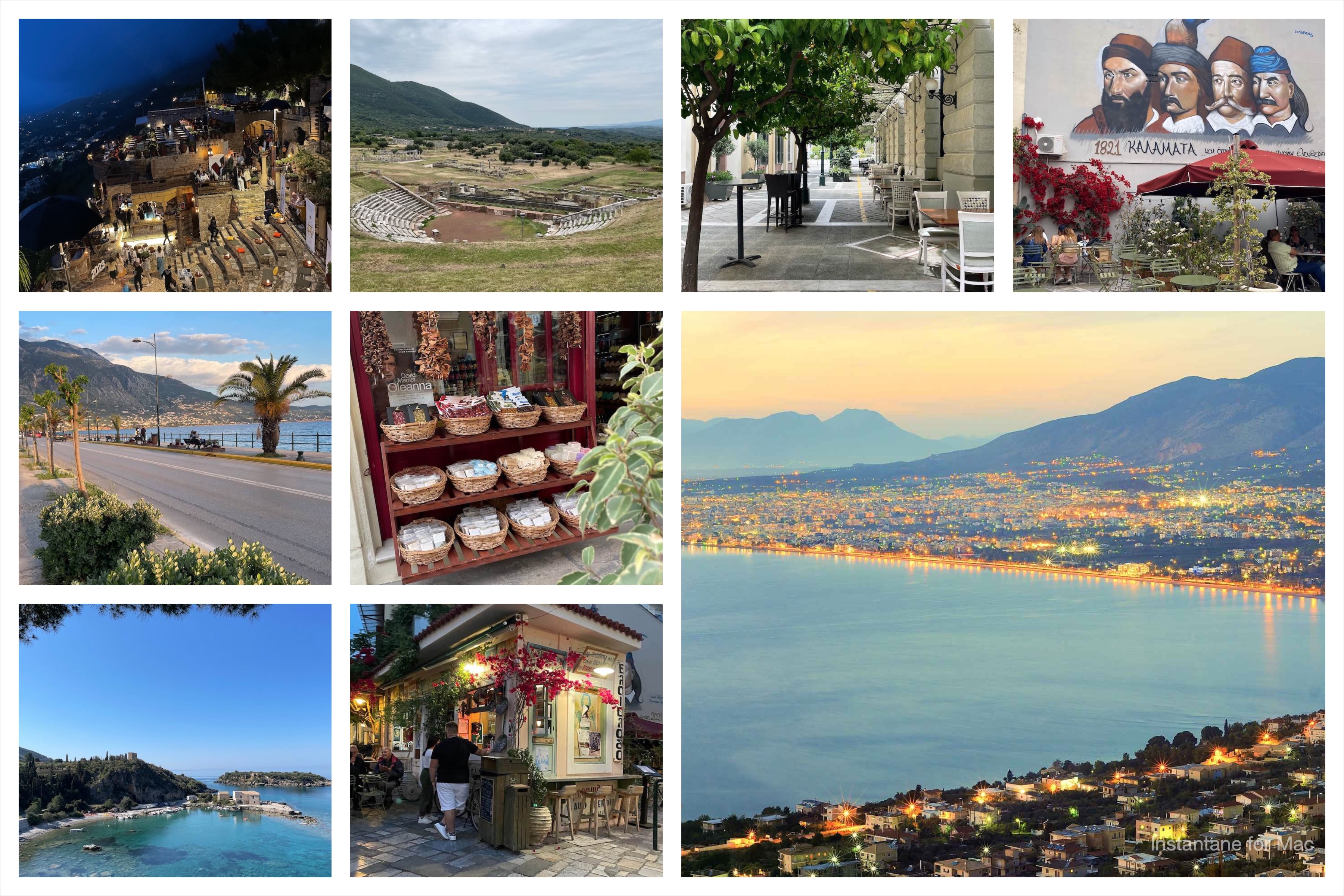
Kalamata is a small coastal city in the south of Greece with a population of around 60,000 residents. It’s the second-largest city in the Peloponnese region of Greece, and the capital of the region of Messinia.
Kalamata is nestled deep in the Messinian Gulf, surrounded by a fantastic setting of olive groves and the Taygetus mountain range.
It’s a modern city with a small historic quarter and a Byzantine castle. It’s not much visited by international tourists so it’s easy to get a sense of local life in this easy-going and good-value little city.
One of Kalamata’s best features is its extensive pebble beach right by the city. It stretches for 2km and you’ll find a palm-lined promenade running its length. It’s a popular spot for an evening stroll or a run.
The coastal road continues south and down into Messinian Mani. Along this road, you’ll find many beach bars, hotels, and tavernas as well as traditional fishing harbours such as Kitries.
Directions
Kalamata has its own international airport (KLX Kalamata Captain Vasilis Konstantakopoulos Airport). It’s a small affair with just 4 gates (though expansion is planned).
Flights into Kalamata, both domestic and international, mainly operate during the summer.
It’s served by budget airlines including Ryanair and Jet2. Summer connections for 2023 included Athens, London, Manchester, Birmingham, Vienna, Milan, Nantes, Paris, Stockholm, Amsterdam, Munich, Dusseldorf, Frankfurt, and Zurich.
The airport is a 15-minute drive from the airport into the centre of town.
It’s also easy to drive to Athens – the journey takes under 3 hours on good toll roads. For information taking the bus to Athens, see the KTEL Kalamata website.
There are local buses (minibuses) that serve 3 routes around the city. It’s challenging finding a map online, but rest assured you will be able to get a bus from the airport to the centre, and from the centre to the beach (at least during the day). A taxi from the airport to the beach is around €20-25.
Buses to local destinations aren’t that frequent. They exist but sometimes the times are inconvenient (or impossible) for a day trip. A car is almost necessary for exploring the surrounding area, especially beyond Stoupa.
Check the KTEL website for timetables for local services.
VISA for Greece
In order to visit Greece you need to have the following travel documents:
-ID card in the case that your country of origin is a signatory to the Schengen Agreement, you may use your national ID to enter the country and you may stay for a three-month period. In these cases a passport is not necessary, although you will need it in a variety of other transactions, including currency exchange, shopping etc.-Visa If your country is not a member of the Schengen Agreement, make sure you obtain further information from the Greek Embassy or Consulate in your country before your trip, or from your travel agency. In case you travel with Visa, make sure you also have suitable insurance coverage for emergency medical or other needs.
-Passport If your country of origin is one of the following non-EU countries, your passport allows you to visit Greece and remain in the country for up to three months (90 days) within a six-month period: Andorra, Argentina, Australia, Brazil, Brunei, Canada, Chile, Costa Rica, Croatia, El Salvador, Guatemala, Honduras, Israel, Japan, Malaysia, Mexico, Monaco, New Zealand, Vatican, Nicaragua, Panama, Paraguay, San Marino, Singapore, South Korea, USA, Uruguay, Venezuela. Find out more on the official webpage of the Hellenic Ministry of Foreign Affairs.
Useful links
- Language: The official language in Greece is Greek.
- Currency: Euro
- Credit Cards and ATMs: You can ATMs all over Greece. Every major town and city will have a couple, and all the inhabited islands have at least one machine. You can use your credit card to pay for most purchases at shops and hotels, but you might come across a few very small shops that don’t have a working credit card machine.
- Plugs: The plugs in Greece are Type C and F. The standard voltage is 230 V, and the standard frequency is 50Hz. We recommend buying a universal adapter (make sure it has surge protection) and using a converter for hairdryers and hot tools.
- Greece it’s one of the most safe destinations in the world
Here is a constantly growing collection of resources from around the web to help you plan you dream trip to Greece.
- The official Greece Tourism website is a great place to start planning your trip.
- The authority in all things travel, Lonely Planet has an extensive section all about Greece.
- LooknWalk Greece is a one stop website for all your Greece travel planning needs.
- Visit the official Kalamata City Guide here
- Points of interest can be found here
